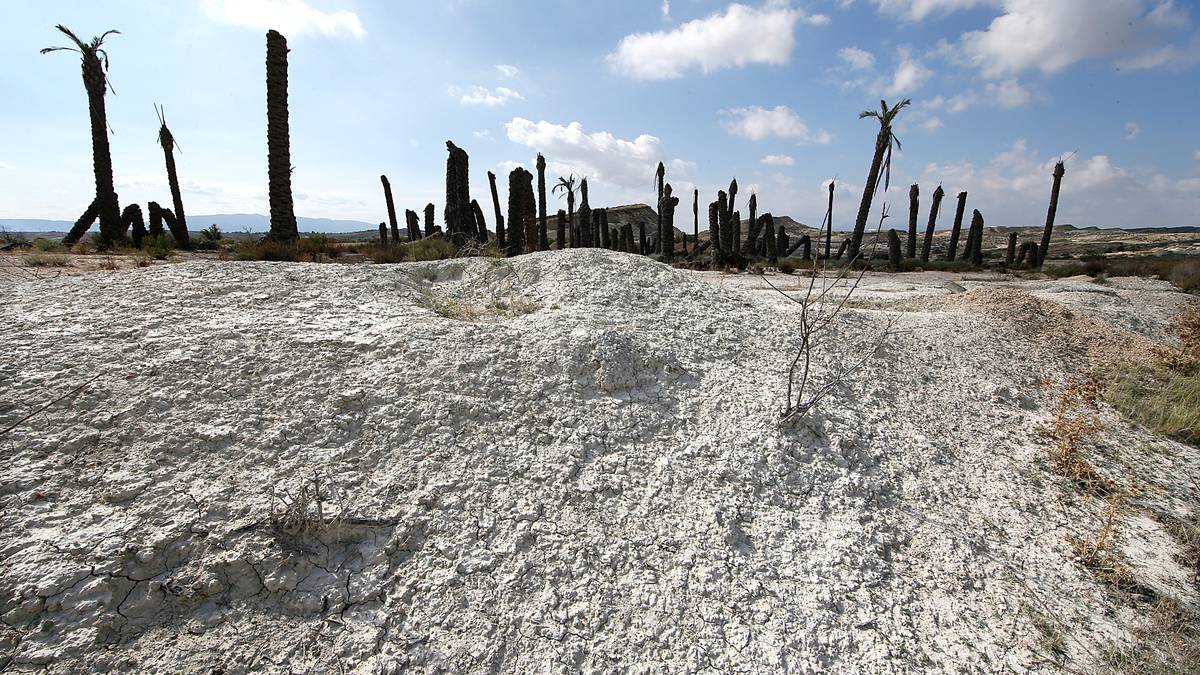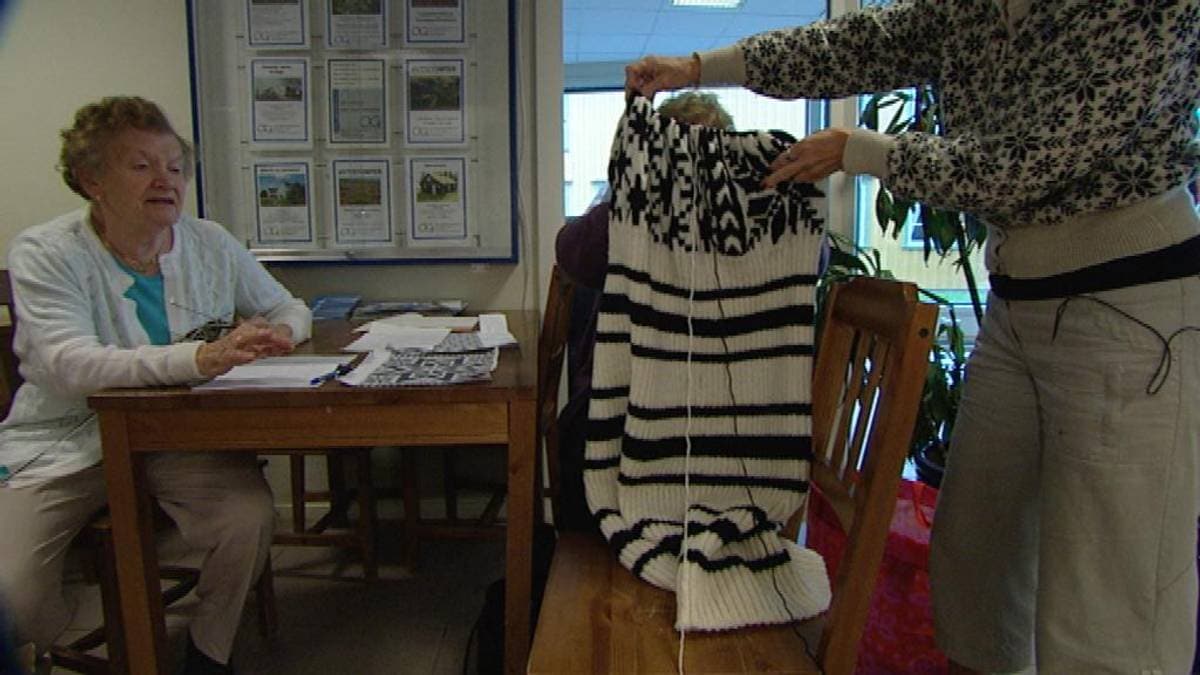– The huge plane from Fornebu to Reykjavik shook from the heat as the captain flew over the erupting volcano on the same day the eruption began. The small plane to Heimaøy the next day lifted twice in the air due to volcanic heat. It was a very special experience, says Halvor Elvik (now 76), who became a reporter for Dagbladet in 1973.
A new volcanic drama is now unfolding in Grindavik in Iceland, after hundreds of earthquakes hit Rekjaneshalvøya. 50 years ago, something similar happened in the neighborhood of the Vestmanna Islands.
Halvor Elvik was one of the first foreign reporters to get close to the Eldfell (Ildfjell) volcano in 1973.
HEIMAØY JANUARY 24, 1973: Dagbladet reporter Halvor Elvik right next to the crater of an erupting volcano. Photo: Mats Wibe-Lund.
see more
The volcanic eruption on Iceland’s south coast 50 years ago was the most talked about dramatic event of 1973, following peace negotiations in the Vietnam War and the US withdrawal from South Vietnam that year.
The drama on the “naked” Vestmanna Islands at the edge of the sea abyss, more specifically on the only inhabited island of Heimaøy, received more attention throughout Europe and the world at large than the current volcanic drama on the same coast.

– Please stop it!
Some in the field
Grindavik is 178 kilometers northwest Home islandcounted as the straightest road in Iceland.
A similar situation occurred in both urban areas. This is the same volcanic belt that is rumbling, and in both cities, nearly 5,000 residents are in grave danger of losing their homes, shelter – everything.

GRINDAVIK: This is what was seen in evacuated Grindavik last week. Photo: Bendik Hansen / Dagbladet
see more
The big visual difference is that at Heimaøy in 1973 glowing rocks and so-called tephra – volcanic ash, sand and poisonous gas – came out of the fire-spewing volcano.
Now there is a threatening invisible force underground in Grindavik. For now.

GLOWING STONES: The stones set the houses on fire. Photo: Mats Wibe-Lund.
see more
Without warning, the first eruption at Heimaøy occurred just two hours past midnight on the night of January 23, 1973.
Glowing lava flows from it volcanic crater at Eldfell go down to the building. The cracks in the mountainous area soon became three kilometer long cracks across the entire island.

Fireproof in case of outbreak – but where?
Luck with a storm
Heimaøy was – and is – one of Iceland’s most important fishing ports. The volcanic eruption in 1973 spread fears of an economic disaster, in addition to natural disasters. Heimaøy’s fleet, fishermen and factories account for 25 percent of Iceland’s fishing economy.
Luckily the entire fishing fleet was in port that night. Weather conditions in fishing areas are very dangerous.
Weatherproof ships were the only option to save most of the 5,000 residents from the incandescent lava that poured into Iceland in a short time. The first rescue boat carrying residents left Heimaøy about half an hour after the eruption began. After six to seven hours, most had been evacuated.
The Dagbladet reporter’s impression did not diminish when he landed in Heimaøy.

It’s been 160 DAYS since the first eruption on January 23 that life was brewing on the volcano at Heimaøy. Photo: Mats Wibe-Lund.
see more
– Glowing rocks penetrate the roof
– We stood on top of the peak next to Eldfell (Ildfjell) and looked straight down into the crater with spouting lava. The volcano emitted glowing rocks that flew through the air. We saw rocks landing on houses and destroying their roofs. Then it burned. This makes an indelible impression, says Elvik.

DAGBLADT REPORTER: Halvor Elvik, photographed here in 2006. Photo: Even Bast / Dagbladet
see more
A total of 417 houses were buried and completely destroyed. Norwegian construction companies and fundraising campaigns were active in the reconstruction. The Norwegian Red Cross is organizing free summer holidays in Norway for 900 children affected by the volcano.
– Do you see any similarities between what happened in Heimaøy in 1973 and in Grindavik now?
– Geologists and professionals in the field should consider it. But from the outside it struck me that everything in Grindavik now happens underground. In the worst case, this could mean that no settlements will be rebuilt on the land, said Halvor Elvik, who has never been near an active volcano before or since.

LUCKY and careful planning meant that the entire population of nearly 5,000 people was evacuated six to seven hours after the first eruption. All fishing vessels are in port due to a storm in the fishing area. Photo: Mats Wibe-Lund.
see more
The undersigned was in Iceland in the summer of 1973, 160 days after the first eruption on January 23. It smells of sulfur. And there was light smoke over the ash-strewn roads and streets. There is enough steam and dust. This summer, 200-300 people returned to Heimaøy to rescue valuables.

The calm before the storm: – Losing everything
The lava glows 20 years later
The official explanation afterwards was that no one died as a result of the volcanic mass.
NTB reporter Ole Ludvig Nymoen was in Heimaøy in 1993. Then everything went back to normal. Add more.

417 HOUSES were buried under incandescent lava or burned to the ground. Photo: Mats Wibe-Lund.
see more
– The white houses of Heimaøy are bathed in sunlight. Fishing fleets are already in the fields, and at fish processing companies, business is booming. A little further away we saw steam from the lava mass, which was still glowing – 20 years after the 1973 disaster.
4,800 people returned to the volcanic island. And it’s been a long time.

“Hardcore zombie fan. Incurable internet advocate. Subtly charming problem solver. Freelance twitter ninja.”




